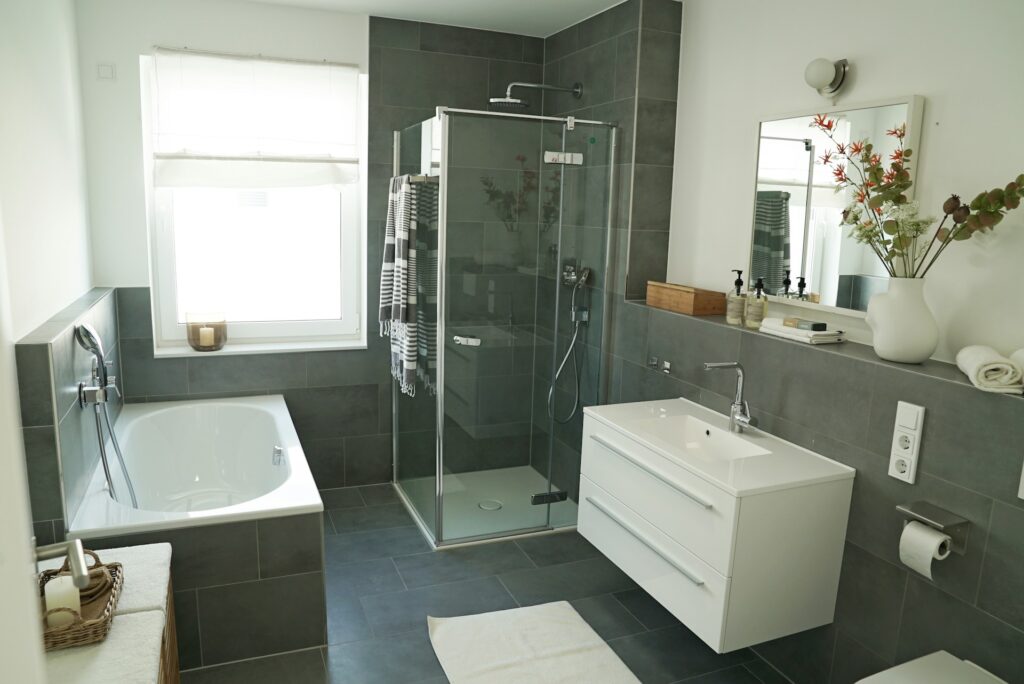Now Reading: Preserve the Taste: The Ultimate Guide to Vape Storage
-
01
Preserve the Taste: The Ultimate Guide to Vape Storage
Preserve the Taste: The Ultimate Guide to Vape Storage
Nothing is quite as disappointing as anticipating a smooth, flavorful puff from your favorite vape, only to be met with a harsh, peppery taste or a mute, lackluster flavor. For enthusiasts who invest in high-quality devices and premium e-liquids, ensuring consistent quality from the first drop to the last is paramount. The difference between a satisfying experience and a wasted bottle often comes down to one simple factor: how you store your products.
Vape juice, or e-liquid, is a shelf-stable product, but it is not invincible. Its chemical composition is sensitive to environmental changes. When exposed to the wrong conditions, the ingredients—propylene glycol (PG), vegetable glycerin (VG), nicotine, and flavorings—can degrade. This degradation alters the taste, color, and nicotine strength, effectively ruining the experience.
Whether you are stocking up on your favorite Sunpuffs disposables or maintaining a curated collection of artisan e-liquids, proper storage is non-negotiable. By understanding the environmental factors that impact your vape gear, you can extend the shelf life of your products and ensure that every session remains as fresh as the day you bought it. This guide explores the essential steps to protect your investment and maximize flavor longevity.
1. The Enemies of E-Liquid Preservation
To master vape storage, you first need to understand what you are fighting against. E-liquid is essentially a chemical mixture, and like any chemistry experiment, it reacts to outside forces. There are three primary culprits that accelerate the aging process of vape juice: heat, light, and air.
How heat impacts chemical stability
Heat is perhaps the most aggressive enemy of freshness. E-liquid molecules possess a specific energy level. When you introduce excess heat, these molecules move faster and interact more frequently. This agitation can cause the flavor notes to break down or separate from the base liquid. Furthermore, high temperatures can alter the texture of the liquid, making it thinner and more prone to leaking.
The damaging effects of UV light
Light, specifically ultraviolet (UV) rays from the sun, provides energy that can break chemical bonds. Nicotine is particularly photosensitive. When exposed to direct sunlight for prolonged periods, nicotine oxidizes rapidly. This reaction turns the liquid a dark brown color and often results in a peppery, unpleasant taste. If you want to ensure optimal e-liquid preservation, keeping your bottles out of the sun is rule number one.
2. Optimal Temperature for Flavor Longevity
Maintaining a stable environment is key. While you don’t need a laboratory-grade climate control system, being mindful of temperature fluctuations will save you money and frustration in the long run.
Room temperature best practices
The ideal temperature for storing vape juice is between 55°F and 70°F (13°C – 21°C). For most people, standard room temperature is perfectly adequate, provided your home doesn’t experience extreme swings in climate.
- Consistency is key: Avoid storing juice near heaters, ovens, or gaming computers that vent hot air.
- Cool and dark: A cupboard or a closet is usually the safest bet.
Why you should never leave vapes in the car
Your vehicle is arguably the worst place to store a vape device or e-liquid. In the summer, car interiors can reach scorching temperatures that will degrade flavorings and thin out the VG/PG mixture, leading to messy leaks. Conversely, extreme winter cold can thicken the liquid, making it difficult for your device to wick properly, which can burn out your coil. Treat your vape like a pet or a musical instrument—never leave it in the car.
3. Controlling Air Exposure and Oxidation
Oxidation is a natural chemical process that occurs when a substance interacts with oxygen. It’s the same reaction that turns a sliced apple brown. While a little oxidation is expected (and sometimes even desired for “steeping” certain flavors), too much will kill the flavor profile.
The science of oxidation
When nicotine reacts with oxygen, it changes structure. This doesn’t necessarily make the vape unsafe, but it drastically reduces the nicotine’s potency. If you rely on vaping for nicotine satisfaction, an oxidized liquid might leave you feeling unsatisfied. Additionally, delicate flavor volatiles—especially fruit and dessert notes—evaporate or mutate when exposed to too much air.
Sealing techniques for open bottles
Once you crack the seal on a bottle, the clock starts ticking. To minimize oxygen exposure:
- Close caps tightly: Immediately after refilling your tank, screw the cap back on securely.
- Squeeze the air out: If you have a plastic bottle that is half-empty, squeeze it gently before capping to push out excess air.
- Transfer to smaller bottles: If you buy in bulk (e.g., 120ml bottles), consider decanting the liquid into smaller 10ml or 30ml bottles. This keeps the main supply sealed while you use a smaller portion for daily vaping.
4. Choosing the Right Storage Containers
The vessel holding your e-liquid plays a significant role in vape storage. While most commercial liquids come in plastic bottles, serious connoisseurs often transfer their liquids to better containers for long-term keeping.
Glass vs. Plastic
Most premium e-liquids are sold in PET or LDPE plastic bottles because they are durable and cost-effective. However, plastic is slightly permeable to air over very long periods.
- Glass: Amber or cobalt glass bottles are the gold standard. They are impermeable to air and the dark tint offers excellent protection against UV light.
- Plastic: Suitable for short-term use (under 6 months). Ensure they are food-grade and BPA-free.
Using dedicated storage boxes
Ideally, you should have a dedicated space for your vaping gear. This could be a simple shoebox, a wooden tackle box, or a specialized travel case.
- Opaque containers: Use a box that doesn’t let light in.
- Compartmentalization: Separating different flavor profiles (e.g., keeping menthols away from desserts) prevents “flavor ghosting,” where strong smells seep into nearby bottles.
5. Organizing Your Collection for Safety
Storage isn’t just about freshness; it is also about safety. E-liquids contain nicotine, which is a toxic substance if ingested, especially for children or pets. Organizing your collection responsibly is a critical part of ownership.
Child-resistant storage
Never rely solely on the “child-proof” caps provided by manufacturers. These mechanisms can fail or be defeated by a determined toddler.
- High shelves: Store your collection out of reach and out of sight.
- Lockable boxes: If you have children or pets in the house, a lockable storage box is the safest investment you can make.
Keep it upright to prevent leaks
Vape bottles and disposable devices like Sunpuffs should always be stored in an upright position. Lying them on their side increases the surface area of the liquid touching the seal, raising the risk of leaks. Storing devices upright also ensures that the wicking material stays saturated properly, preventing dry hits when you are ready to use them again.
6. Long-Term Storage for Brands like Sunpuffs
If you are buying in bulk to save money or stocking up on a limited-edition flavor, you are entering the territory of long-term storage. The rules change slightly when you need to keep products fresh for six months or longer.
When to consider refrigeration
For long-term storage, the refrigerator can be an ally, but it comes with risks. Cold temperatures slow down molecular activity, effectively pausing the aging process.
- Seal it up: If you use the fridge, place bottles in a sealed, airtight bag to prevent moisture from getting in and to stop your e-liquid from smelling like last night’s leftovers.
- Warm it up: Before vaping refrigerated liquid, let it come back to room temperature naturally. Cold liquid is thick and won’t wick well.
Rotating your stock efficiently
Practice the “First In, First Out” (FIFO) method. Always use your oldest bottles first. Check the manufacturing dates on your Sunpuffs or e-liquid bottles and organize your storage box so the older items are at the front. This ensures you are always enjoying your products within their prime window and reduces waste.
Savor Every Puff
Proper storage is the unsung hero of a great vaping experience. It transforms a volatile, perishable product into a reliable source of enjoyment. By controlling the temperature, blocking out light, and minimizing air exposure, you ensure that the complex flavor profiles designed by manufacturers are preserved exactly as intended.
Whether you are a casual user with a single device or a hobbyist with a cabinet full of flavors, these small habits make a massive difference. Take a moment to assess your current storage setup. A few simple adjustments today can guarantee that your next puff is as fresh, potent, and satisfying as the first.






















